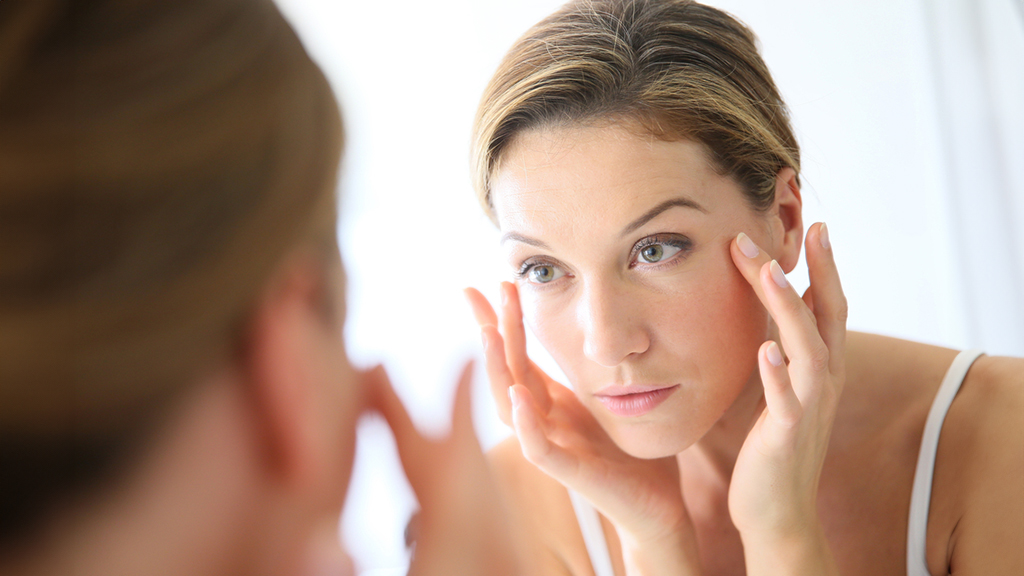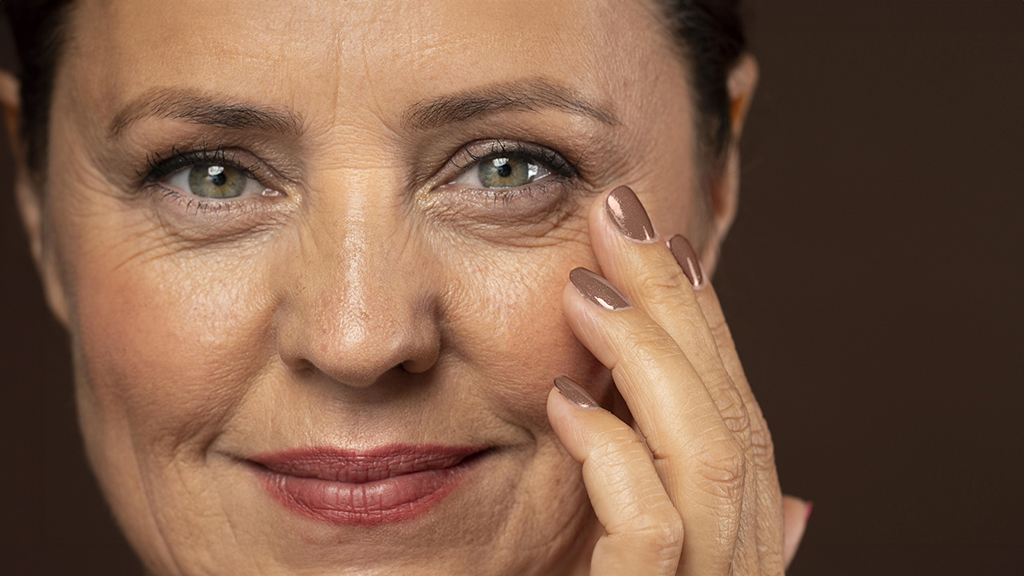Poland’s Syndrome
Poland’s Syndrome is a rare congenital condition named after Sir Alfred Poland, the British surgeon who first described its occurrence in 1841. It is characterized by the absence or underdevelopment of the breast, nipple, chest muscles, ribs and upper extremity. It affects both men and women, but males are three times more commonly affected than females and the right side of the body is affected twice as often as the left side.
Characteristics of Poland’s Syndrome:
- In females with milder cases of this condition, one breast does not fully develop during puberty and may have an unconventional shape. The breast may be completely absent in more severe cases.
- In males with milder cases of this condition, the chest appears to be slightly concave; and in more severe cases the breast, nipple/areola and even the pectoralis muscle may be completely absent.
- In the most severe cases, ribs, breastbone, hand, arm and fingers may also be affected.
Except in the most severe cases, most people do not have any functional disability from Poland’s Syndrome and may not know he or she has this condition until puberty. Puberty makes the difference between the two sides of the body more obvious. When the condition is more severe, hand and arm abnormalities make the disorder more apparent early in life.
The main treatment for Poland’s Syndrome is reconstructive surgery. The type of reconstructive surgery and the timing of such surgery will depend on a number of factors including the person’s age and the severity of his or her condition. In males, reconstructive surgery may be considered as young as 13 years of age; however in females, in order to ensure breast similarity in size and shape, reconstructive surgery is often postponed until the development stage of the breast on the uninvolved side has been completed.
Ideal candidates for Poland’s Syndrome correction are individuals who area healthy, physically fit and of a normal body weight. You are not an ideal candidate if you are a smoker or quit smoking only recently, have diabetes, vascular disease or connective tissue disorders. Or if you are morbidly obese, as you will have a higher likelihood of complications, and are advised to achieve a more optimal weight prior to undergoing reconstructive surgery.
Many different reconstructive techniques are used to correct chest and breast abnormalities in Poland’s Syndrome patients. Traditionally, breast implant reconstruction with or without latissimus dorsi muscle flaps, and TRAM muscle flaps are used to treat individuals with Poland’s Syndrome. However, achieving satisfactory outcome with these procedures may be challenging, as there may not be sufficient skin, breast tissue and sometimes muscle to cover the implant.
Today, newer autologous breast reconstruction methods such as Perforator flaps ( DIEP flap, SIEP flap, TAP flap) and Fat grafting (in milder cases) offer individuals with Poland’s Syndrome the option of undergoing breast and chest reconstruction using their own tissue and to have the contour of the chest and breast restored without the use of an implant or muscle. These reconstructive procedures may be an attractive option when an implant is not desired or when an implant has previously been ineffective.
Correction of Poland’s Syndrome is a very personal procedure and is tailor-made to each patient on a case-by-case basis. The most suitable reconstructive technique takes into account the patient’s anatomy, body shape, lifestyle and aesthetic goals. Regardless of which method is used, our surgeons’ goal is always to create a beautiful, natural and long-lasting outcome.
For details about procedures and treatments or for a consultation, advice and prices from our Dubai clinic please call +971 4 431 2396 or use our online form.


